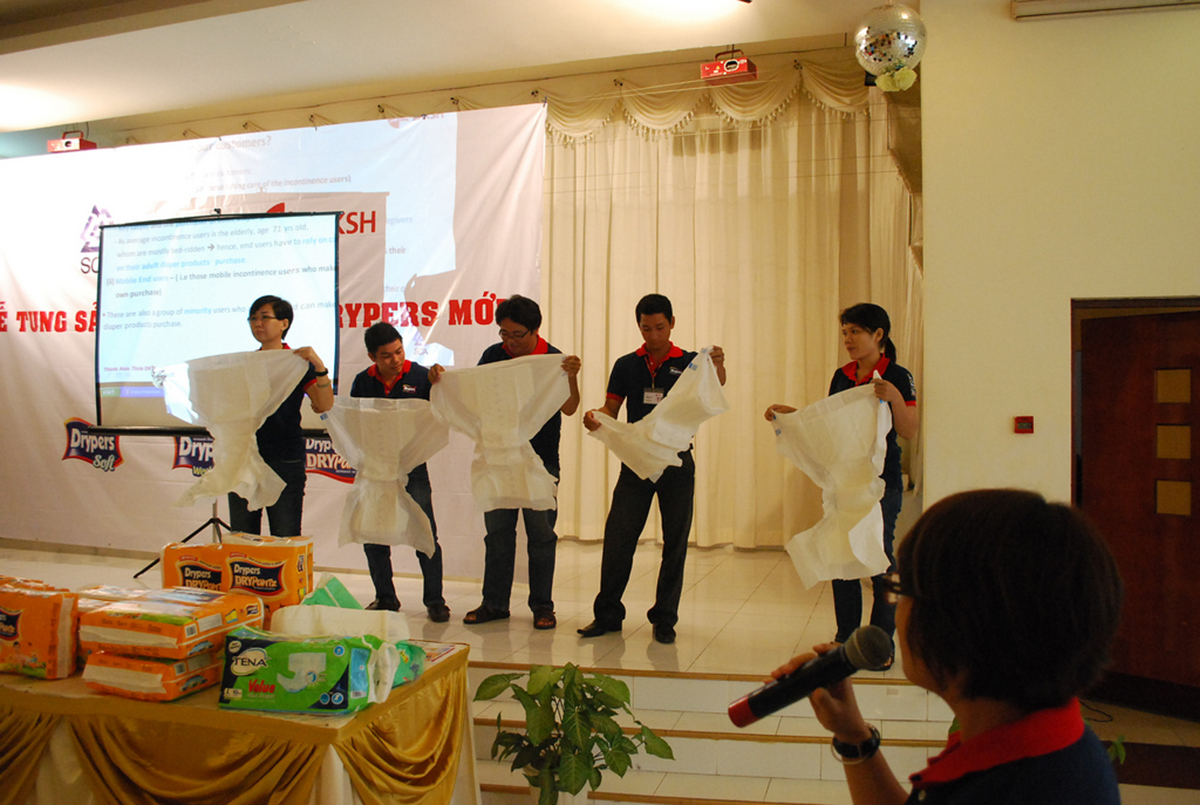Table of Contents
Many diagnostic tests are used to confirm fecal incontinence, depending on the cause and severity of the condition. A physical examination will be the starting point. This includes a visual examination and inspection of the anus. A probe or pin may also be used to test for any nerve damage.

Medical tests used to diagnose and confirm the exact cause of fecal incontinence include the following:
- A digital rectal exam. The physician inserts his lubricated and gloved finger into the rectum to check the integrity of sphincter muscles as well as any other abnormalities. The presence of rectal prolapsed may also be assessed.
- Anal Manometry. A thin, flexible tube with an inflatable balloon at its end is inserted into the rectum and the anus. This method establishes the strength of the anal sphincter and the overall responsiveness of the rectum
- Anal Electromyography. This method uses electrodes that assess any damage to the nerves surrounding the anal muscles.
- Anorectal Ultrasonography. An instrument inserted into the rectum and anus produces images that help the doctor in diagnosis the cause and extent of fecal incontinence.
- Endorectal Ultrasound. A specialized endoscope inserted into the lower colon uses sound waves to produce images of sphincters.
- Proctography. This test determines how much stool the rectum can hold and how efficiently the body can expel it. It uses a specialized toilet that produces video X-ray images while the patient defecates.
- Proctosigmoidoscopy. A flexible tube inserted into the rectum inspects the lower end (last two feet) of the colon for inflammation, scarring or tumors.
- Colonoscopy. A flexible tube inserted into the rectum is used to inspect the entire colon.
- Balloon Expulsion Test. This test inserts a water-filled balloon into the rectum, and the patient is then asked to expel the balloon. The time taken for this expulsion, particularly longer than a minute, indicates a defecation disorder.
- Magnetic Resonance Imaging (MRI). An MRI provides clear images of the anal sphincters to determine their integrity and response during defecation.
Is Fecal Incontinence Treatable?
Treatment for fecal incontinence depends on the cause of the disorder. Due to the variety of causes, various treatment options are available. These are described below:
- Laxatives – if the cause of fecal incontinence is chronic constipation.
- Anti-diarrheal Drugs – to prevent diarrhea and leakage of feces.
- Certain Medications – to decrease and control involuntary bowel movements.
- Dietary Modifications
Diet directly affects and determines the consistency of stools. Thus, in order to avoid extremely hard or watery stools, a balanced diet is essential. Foods rich in fiber can help prevent both diarrhea and constipation, by adding bulk to the stools and aiding defecation.
Exercise and Therapy
These methods are effective for those who suffer from muscular problems. They help in strengthening sphincter control and defecation response. These treatment options include:
- Timing Bowel Movements. The patient is trained to have a bowel movement at a particular time every day. This helps in regaining bowel control.
- Increase Muscular Strength. Physiotherapists help the patient sense and control their muscular movements. This helps in controlling the timely release of feces.
- Sacral Nerve Stimulation. A device that produces electrical impulses stimulates the muscles of the bowel. This device sends impulses to the sacral nerves, which travel from the spinal cord to the pelvic muscles.
See Also: Blood In Vomit And Stool: Hematemesis, Melena Or Hematochezia
Surgical Options For The Treatment Of Fecal Incontinence
If the above-mentioned methods are not effective in curing the underlying cause, surgery may be required. Such causes include rectal prolapsed or damage to the anal sphincters during delivery. Surgical options include:
- Surgery for Rectal Prolapse, Rectocele or Hemorrhoids – treating or removing these problems may cure or reduce fecal incontinence as well.
- Sphincteroplasty –the weakened or damaged area of the anal sphincter is separated from the adjacent tissue. The edges of the muscles are brought together and sewn to overlap each other, which strengthens and tightens the sphincter.
- Sphincter Repair – a muscle from the inner thigh is wrapped around the sphincter in order to restore the tone of the anal sphincter.
- Sphincter Replacement – an inflatable, artificial sphincter is implanted into the anal canal. It keeps the anal sphincter shut when it is inflated. When there is a need to defecate, an external pump is used to deflate the artificial sphincter, allowing feces to be expelled. The device then re-inflates on its own.
- Colostomy – surgery is performed to divert the stool through an opening made in the abdominal cavity. An external bag is attached to this opening, which collects the expelled stool. This is mostly the last line of treatment.
- Photo courtesy of B Rosen via Flickr: www.flickr.com/photos/rosengrant/3847862890
- Photo courtesy of SCA Svenska Cellulosa Aktiebolaget via Flickr: www.flickr.com/photos/hygienematters/5663277413
- www.mayoclinic.org/diseases-conditions/fecal-incontinence/basics/definition/con-20034575
- http://www.medicinenet.com/fecal_incontinence/article.htm


Your thoughts on this